Modular Wardrobes vs Built-In Wardrobes: A Comprehensive Cost and Flexibility Guide
Table Of Contents
- Understanding Wardrobe Types: Modular vs Built-In
- Cost Comparison: Budget Considerations for Both Options
- Flexibility and Adaptability: Which Option Suits Your Lifestyle?
- Installation and Assembly: Timeframes and Complexity
- Customization Options: Getting the Perfect Fit
- Maintenance and Longevity: Long-Term Value Assessment
- Space Optimization: Making the Most of Your Floor Plan
- Aesthetic Considerations: Design Integration
- Conclusion: Making the Right Choice for Your Home
When designing or renovating your home in Singapore, storage solutions—particularly wardrobes—play a crucial role in maintaining an organized and functional living space. With limited square footage being a common challenge in Singapore homes, choosing between modular wardrobes and built-in wardrobes becomes a significant decision that impacts not only your storage capacity but also your budget, flexibility, and overall interior design.
Both modular and built-in wardrobes offer distinct advantages and potential drawbacks, making it essential to understand their differences before committing to either option. Whether you're furnishing a new BTO flat, upgrading your resale apartment, or simply refreshing your current storage solutions, this comprehensive guide will help you navigate the key considerations between these two popular wardrobe types.
We'll explore cost implications, flexibility factors, installation requirements, customization possibilities, and long-term value to help you make an informed decision that aligns with both your immediate needs and future plans. Let's dive into the world of wardrobes to find the perfect storage solution for your Singapore home.
Understanding Wardrobe Types: Modular vs Built-In
Before diving into comparisons, it's important to clearly understand what defines each wardrobe type and their fundamental characteristics.
What Are Modular Wardrobes?
Modular wardrobes are pre-manufactured storage units designed with standardized components that can be arranged in various configurations. They're essentially ready-made furniture pieces that come in predetermined sizes and designs. These wardrobes typically arrive flat-packed and require assembly on-site, though many retailers like Loft Home Furniture offer professional assembly services.
Key features of modular wardrobes include:
- Available in standard sizes and configurations
- Can be purchased off-the-shelf or with minor customizations
- Relocatable and often can be disassembled for moving
- Shorter lead time from purchase to installation
- Typically freestanding, though some models can be anchored to walls
What Are Built-In Wardrobes?
Built-in wardrobes (sometimes called fitted or custom wardrobes) are storage solutions designed specifically for a particular space and constructed on-site. They're permanently fixed to the walls, floor, and/or ceiling, creating a seamless integration with the room architecture.
Defining characteristics of built-in wardrobes include:
- Custom-made to fit exact room dimensions
- Designed specifically for your space utilization needs
- Permanently installed as part of the home structure
- Longer lead time due to custom design and construction
- Often created by carpenters or specialized wardrobe companies
Cost Comparison: Budget Considerations for Both Options
When comparing modular and built-in wardrobes, cost differences emerge across multiple factors including materials, labor, customization, and long-term value.
Modular Wardrobe Costs
Modular wardrobes generally offer more predictable pricing with fewer variables. In Singapore, basic modular wardrobes from mass-market retailers start around $300-$800 for simple two-door designs, while mid-range options with better materials and features typically range from $1,000-$3,000 depending on size and configuration.
Premium modular wardrobes, like those featuring high-quality wood veneers, premium hardware, and sophisticated internal organization systems, can range from $3,000-$7,000 or more. At Loft Home's wardrobe collection, you'll find thoughtfully designed modular options that balance quality and affordability, with transparent pricing that eliminates hidden costs.
Cost advantages of modular wardrobes include:
- Predictable, upfront pricing with fewer unexpected expenses
- No or minimal installation fees (especially if DIY assembly is chosen)
- Lower initial investment compared to equivalent-sized built-ins
- Ability to purchase in stages to distribute costs over time
Built-In Wardrobe Costs
Built-in wardrobes represent a more significant investment with pricing that varies widely based on materials, complexity, and customization level. In Singapore's market, basic built-in wardrobes typically start around $180-$280 per linear foot (or approximately $2,000-$3,500 for a standard-sized wardrobe).
More elaborate designs with premium materials, custom internal fittings, specialty doors, or integrated lighting can easily reach $300-$600 per linear foot, bringing a comprehensive built-in wardrobe solution to $5,000-$15,000 or more for a master bedroom.
Cost factors specific to built-in wardrobes include:
- Design fees (though some companies include this in the total project cost)
- Material costs that scale with customization and premium selections
- Labor for on-site measurement, construction, and installation
- Potential additional costs for electrical work if including lighting
- Possible renovation permit fees for extensive structural modifications
Flexibility and Adaptability: Which Option Suits Your Lifestyle?
Your living situation, future plans, and personal needs significantly impact which wardrobe type offers better value and functionality for your lifestyle.
Modular Wardrobe Flexibility
Modular wardrobes excel in adaptability, making them particularly suitable for renters, those who relocate frequently, or homeowners who enjoy refreshing their interior design periodically. Since these units aren't permanently attached to your home's structure, they offer several flexibility advantages:
You can reconfigure modular components as your storage needs change—adding extra shelving, drawers, or hanging space by purchasing compatible additional units. When moving homes, modular wardrobes can be disassembled, transported, and reassembled in your new space, providing continuity in your furniture investment.
The functional storage solutions available in modular designs allow for easy adaptation to changing storage requirements. For growing families or evolving clothing collections, this adaptability proves particularly valuable.
Built-In Wardrobe Permanence
Built-in wardrobes represent a commitment to your current home and layout. They're ideally suited for homeowners planning to stay in their property long-term, those who value maximizing every inch of available space, or individuals with highly specific storage requirements that off-the-shelf solutions can't adequately address.
The permanence of built-ins means they're designed as an integral part of your home's architecture. While this limits physical relocation, it offers different advantages:
- Complete customization to unusual room dimensions or architectural features
- Potential to increase property value as a permanent home improvement
- Ability to utilize challenging spaces like sloped ceilings or awkward corners
- Seamless integration with room design for a cohesive aesthetic
However, this permanence requires confidence in your long-term space requirements, as significant modifications typically involve professional renovation work.
Installation and Assembly: Timeframes and Complexity
The installation process differs significantly between modular and built-in wardrobes, affecting both project timeline and disruption to your living space.
Modular Wardrobe Installation
One of the primary advantages of modular wardrobes is their relatively straightforward installation process. Most modular units can be assembled within a few hours to a day, depending on complexity and size. At Loft Home Furniture, professional delivery and installation services ensure your new wardrobe is properly assembled without the hassle of DIY assembly.
The modular installation process typically follows these steps:
- Delivery of flat-packed components to your home
- Unpacking and organizing parts in your space
- Assembly according to manufacturer instructions
- Positioning the completed unit in its designated location
- Optional anchoring to walls for stability (recommended for taller units)
This streamlined process means minimal disruption to your living environment, with most installations completed within a single day. For those who value quick solutions or are furnishing a newly purchased home with immediate storage needs, modular options provide the fastest path to functional storage.
Built-In Wardrobe Installation
Built-in wardrobes require a more extensive installation process that typically spans multiple days or even weeks from initial measurement to completion. The process generally includes:
- Initial consultation and precise measurement of the space
- Custom design development and approval
- Material ordering with lead times of 1-4 weeks
- On-site construction and installation (typically 2-5 days)
- Finishing work including painting, hardware installation, and cleanup
This extended timeline requires more planning and patience but results in a precisely fitted storage solution. The construction process also tends to create more dust and disruption in your home, something to consider if you're living in the space during installation.
For renovations or new builds where other work is already taking place, this timeline may align well with the overall project schedule. However, for immediate storage needs, the longer lead time represents a significant consideration.
Customization Options: Getting the Perfect Fit
Both wardrobe types offer customization, but the degree and nature of personalization differ substantially between modular and built-in options.
Modular Wardrobe Customization
While modular wardrobes come in standardized sizes, many modern offerings provide considerable customization within those parameters. Retailers like Loft Home often offer modular systems with mix-and-match components that allow you to create semi-customized solutions.
Common customization options for modular wardrobes include:
- Choice of door styles, colors, and finishes
- Internal configuration options (hanging rails, shelves, drawers)
- Additional accessories like jewelry trays, shoe racks, or pull-out baskets
- Modular combinations that can be arranged to fit your space
- Hardware selection to match your interior design aesthetic
The limitation comes with external dimensions—modular units are manufactured to standard sizes, which means they may not utilize 100% of available space in irregular rooms or leave small gaps in your layout.
Built-In Wardrobe Customization
Built-in wardrobes offer the highest level of customization, with virtually unlimited options for creating storage solutions that perfectly match your space and needs. This comprehensive customization includes:
- Exact sizing to fill available space from floor to ceiling and wall to wall
- Custom internal layouts designed around your specific storage requirements
- Integration with architectural features like sloped ceilings or support columns
- Specialized storage solutions for particular collections (shoes, accessories, etc.)
- Bespoke finishes that perfectly match existing room elements
- Integrated features like vanity sections, pull-out mirrors, or specialized lighting
This level of customization allows built-ins to maximize storage efficiency and address specific organizational challenges. For collectors, fashion enthusiasts, or those with particular storage requirements, this tailored approach can significantly enhance functionality.
Maintenance and Longevity: Long-Term Value Assessment
The lifespan and maintenance requirements of your wardrobe impact its long-term value and should factor into your decision-making process.
Modular Wardrobe Maintenance
Modular wardrobes typically have a design lifespan of 7-15 years, depending on quality and usage patterns. Higher-quality units from reputable manufacturers like those available at Loft Home's storage collection tend toward the longer end of this spectrum, particularly with proper care.
Maintenance considerations for modular wardrobes include:
- Periodic tightening of hardware that may loosen with use
- Potential need for readjustment if the wardrobe is moved or floors settle
- More visible wear points at connection points between modules
- Easier component replacement if individual parts become damaged
One significant advantage is the ability to replace or refinish individual components rather than the entire unit. If drawer slides fail or a door becomes damaged, replacement parts are often available without replacing the entire wardrobe.
Built-In Wardrobe Longevity
Built-in wardrobes generally offer superior longevity, with well-constructed units lasting 20+ years or even the lifetime of the home. Their structural integration with the building provides additional stability and durability.
Maintenance aspects specific to built-ins include:
- Greater stability with fewer parts that can loosen over time
- Potential for periodic refinishing to update aesthetics
- More involved repairs if structural elements need replacement
- Possible need for professional assistance for significant repairs or modifications
While built-ins typically require less day-to-day maintenance, when repairs are needed, they tend to be more complex and costly. Additionally, significant style updates usually involve more extensive renovation rather than simple replacement.
Space Optimization: Making the Most of Your Floor Plan
In Singapore's compact living environments, maximizing available space represents a critical consideration when selecting storage solutions.
Modular Wardrobe Space Efficiency
Modular wardrobes typically stand slightly away from walls and have standardized depths, which creates some limitations in space utilization. In standard rectangular rooms, this may not present significant issues, but in spaces with irregular dimensions, it can result in unused gaps or areas.
Space considerations with modular wardrobes include:
- Standard depths (usually 50-60cm) that may not optimize shallow spaces
- Height limitations that may leave unused space near ceilings
- Potential for small gaps between units or at room edges
- External dimensions that include structural elements and thus reduce internal storage space
However, modern modular systems like those found in Loft Home's functional storage collection have evolved to address many of these challenges, offering slim-profile options, modular combinations, and space-efficient designs that make the most of limited square footage.
Built-In Wardrobe Space Maximization
Built-in wardrobes excel at space optimization, particularly in challenging floor plans or rooms with architectural irregularities. Their custom construction allows them to utilize spaces that modular units simply cannot access.
Space optimization advantages include:
- Floor-to-ceiling and wall-to-wall construction that captures every available centimeter
- Custom depths that can vary within the same unit to navigate around obstacles
- Ability to incorporate awkward corners, angled walls, or structural elements
- No wasted space between unit and wall (as with freestanding furniture)
- Internal dimensions that maximize storage volume relative to external dimensions
For small apartments or unusually shaped rooms, this space efficiency can translate to significantly increased storage capacity—sometimes as much as 30% more usable space compared to modular alternatives in the same footprint.
Aesthetic Considerations: Design Integration
The visual impact of your wardrobe significantly affects your room's overall aesthetic and should align with your interior design vision.
Modular Wardrobe Aesthetics
Modular wardrobes present as distinct furniture pieces within your space, creating a defined visual element. This can be either an advantage or limitation depending on your design preferences.
Contemporary modular wardrobes offer impressive design diversity, ranging from minimalist Scandinavian styles to rich wood finishes that make a statement. Retailers like Loft Home offer various aesthetic options to complement different interior styles, from modern to industrial to classic designs.
The distinct nature of modular units allows them to serve as featured pieces that add character to a room. With careful selection, they can become design highlights rather than merely functional storage. Their defined boundaries also create visual structure in a space, which some designers prefer for creating balanced room compositions.
Built-In Wardrobe Aesthetics
Built-in wardrobes offer seamless integration with your room's architecture, creating a cohesive look that can make spaces appear larger and more unified. Their customized nature allows them to visually disappear into the room design or become feature walls depending on the finishes and door styles selected.
The integrated appearance of built-ins contributes to a clean, uncluttered aesthetic that many contemporary interior designs favor. With flush mounting and custom finishing, these wardrobes can enhance architectural features while minimizing visual disruption.
For minimalist interiors or spaces where a continuous visual flow is desired, built-ins offer superior aesthetic integration. Their ability to incorporate into wall treatments—matching baseboards, crown molding, or wall colors—creates a cohesiveness that freestanding furniture cannot achieve.
Conclusion: Making the Right Choice for Your Home
The decision between modular and built-in wardrobes ultimately depends on your specific circumstances, priorities, and long-term plans. Each option offers distinct advantages that may align better with different lifestyles and home situations.
Modular wardrobes provide excellent value for those who prioritize flexibility, immediate implementation, predictable costs, and the ability to take their furniture when moving. They're particularly well-suited for renters, those in transitional housing situations, or homeowners who enjoy refreshing their interior design periodically.
Built-in wardrobes deliver superior space optimization, seamless aesthetic integration, and potentially longer lifespan for homeowners committed to their current property. For unusual room dimensions, maximum storage capacity, or creating a cohesive architectural look, built-ins offer advantages that modular units cannot match.
In many Singapore homes, a hybrid approach works well—using built-ins for challenging spaces like unusually shaped rooms or awkward corners, while selecting high-quality modular pieces for standard rooms where flexibility might be valued. This combined strategy allows you to maximize the benefits of both wardrobe types.
Whatever your decision, investing in quality construction and materials will significantly impact your satisfaction and the longevity of your storage solution. By carefully assessing your specific needs across the factors we've discussed—cost, flexibility, installation, customization, maintenance, space optimization, and aesthetics—you can confidently select the wardrobe solution that best serves your home and lifestyle.
Explore Storage Solutions at Loft Home
Ready to find the perfect wardrobe for your Singapore home? Explore Loft Home's collection of thoughtfully designed storage solutions that combine quality craftsmanship with accessible pricing. Our professional delivery and installation services ensure a hassle-free experience from selection to setup.
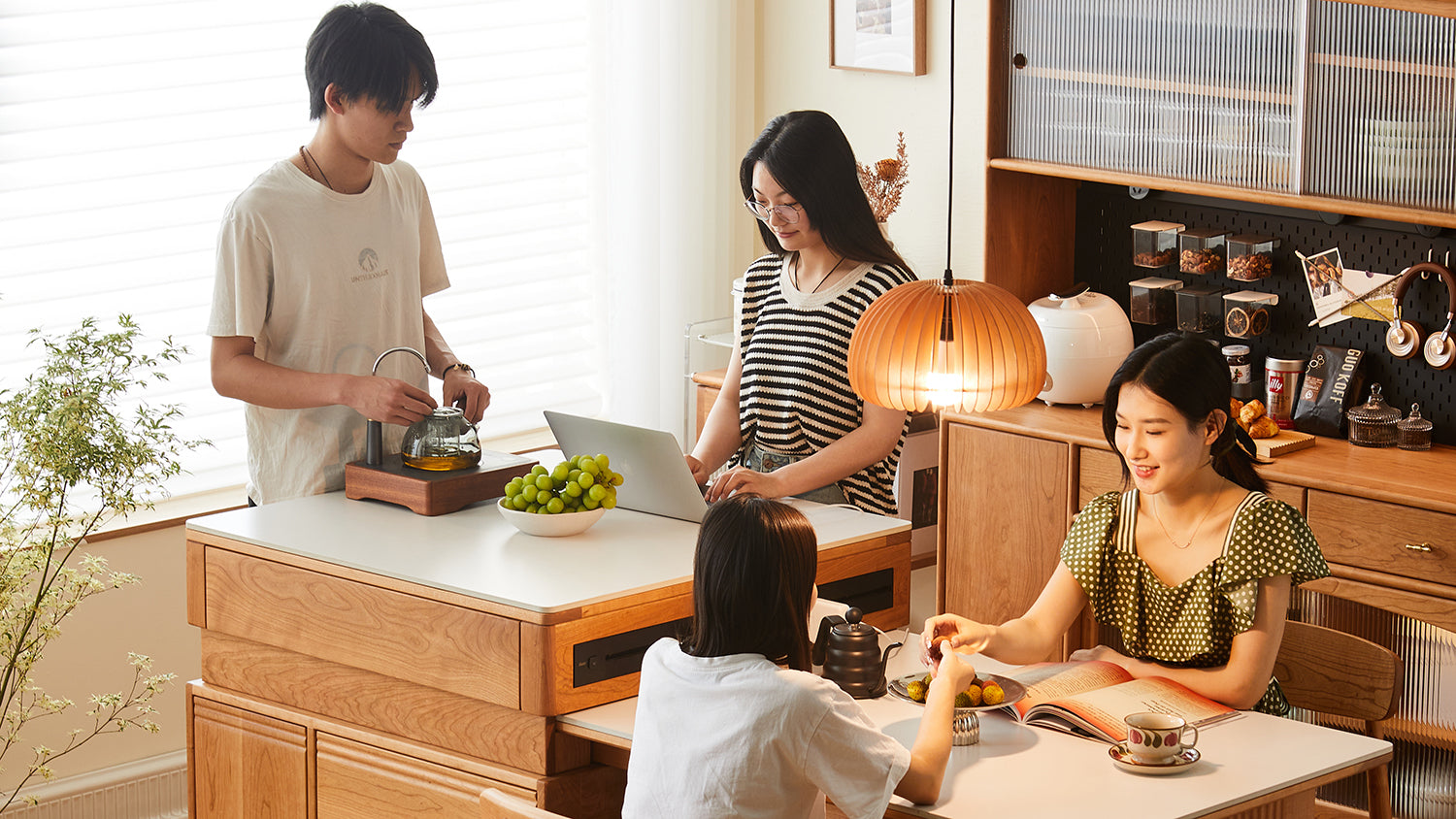

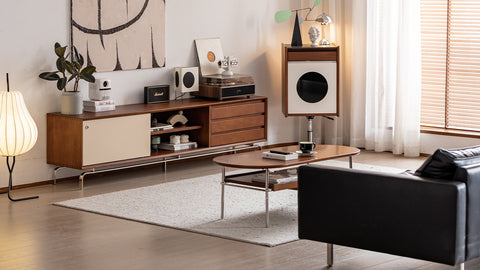

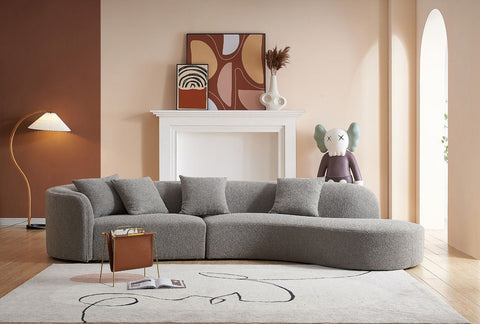
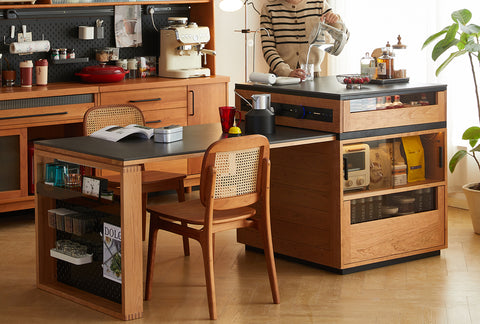
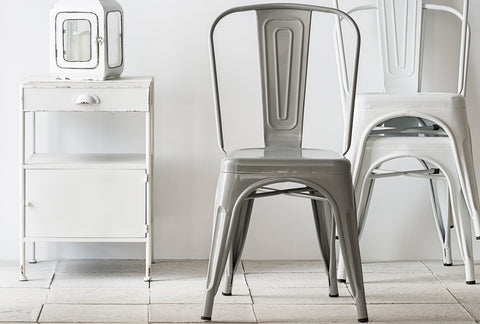
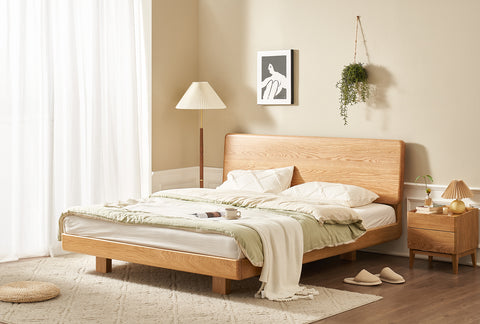
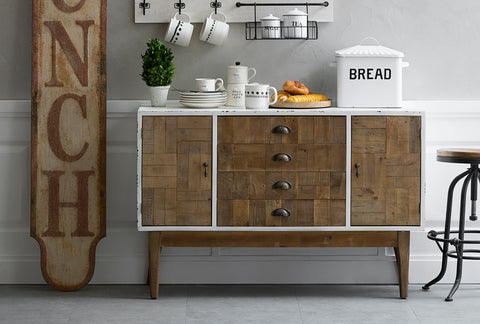




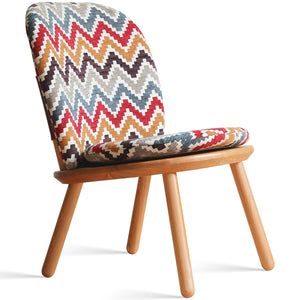
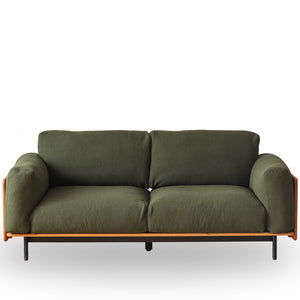
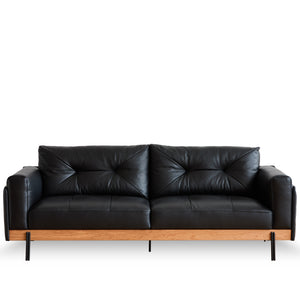
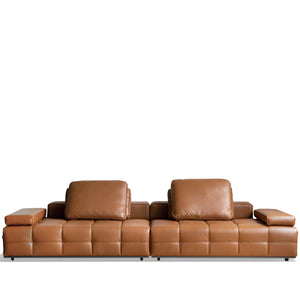
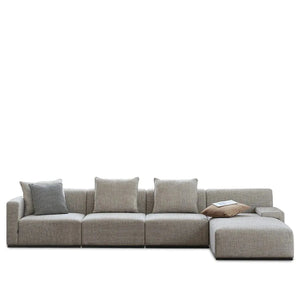
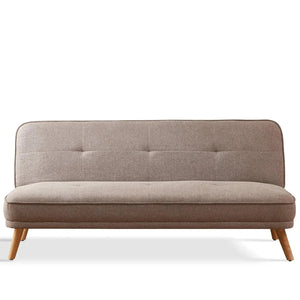
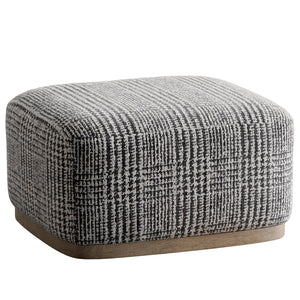
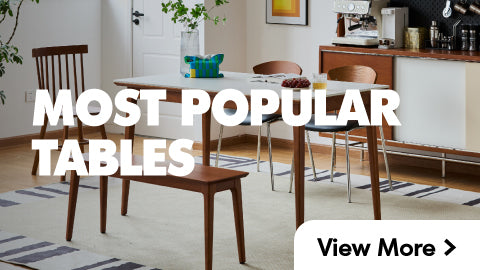
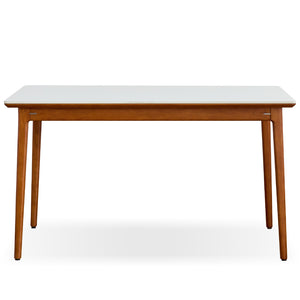
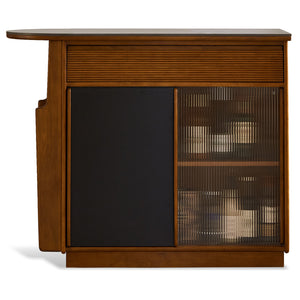
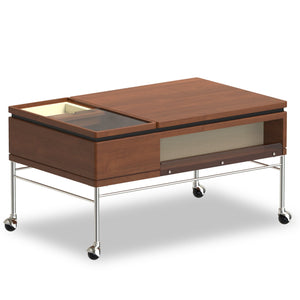
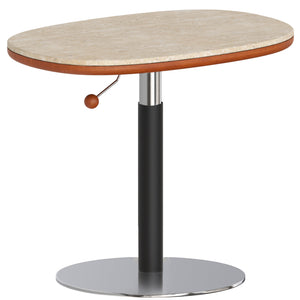
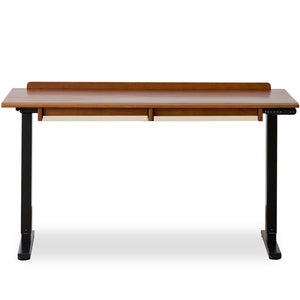
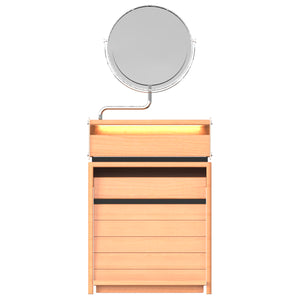
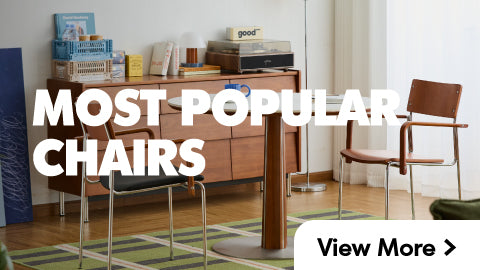
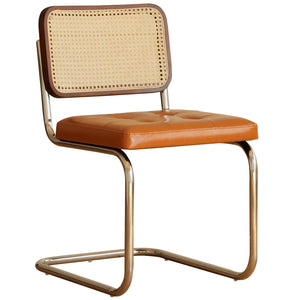
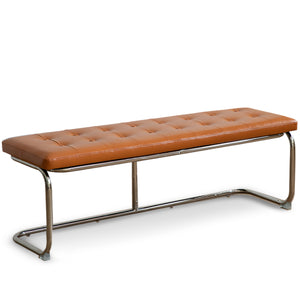
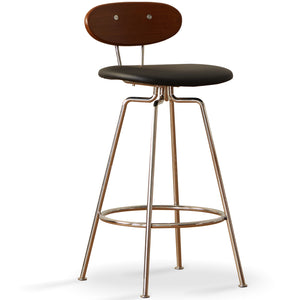

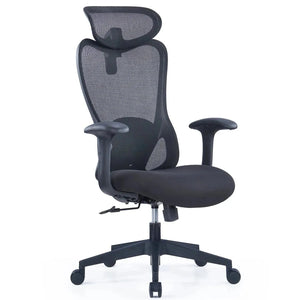
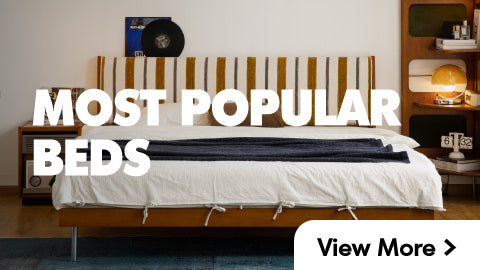
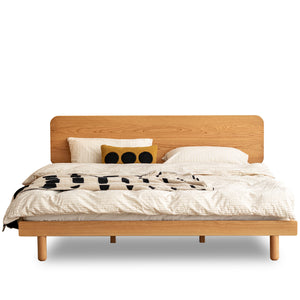
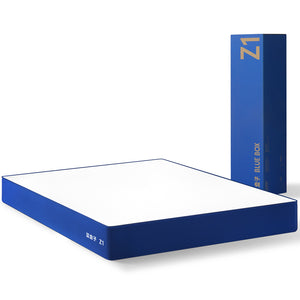
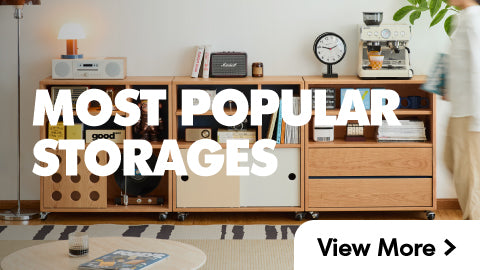
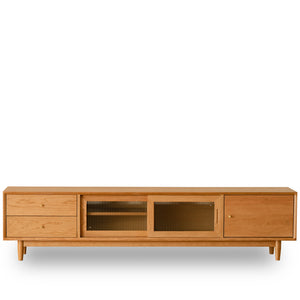
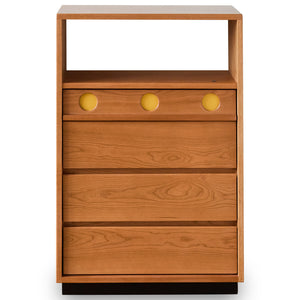
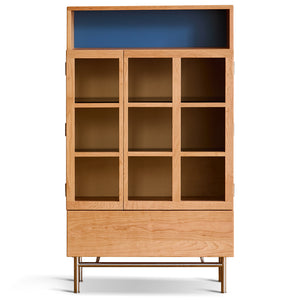
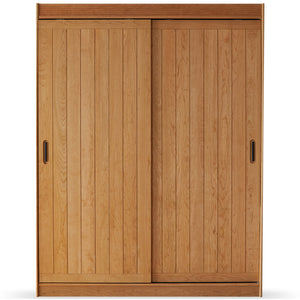
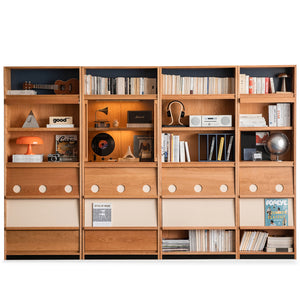

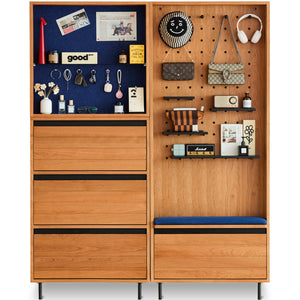
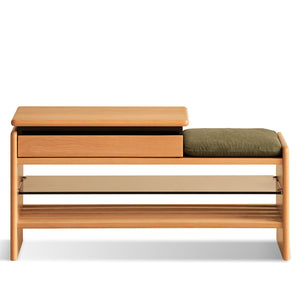
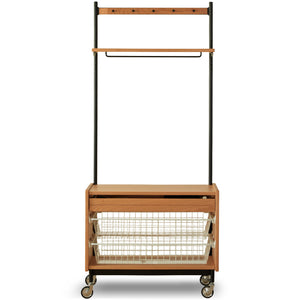
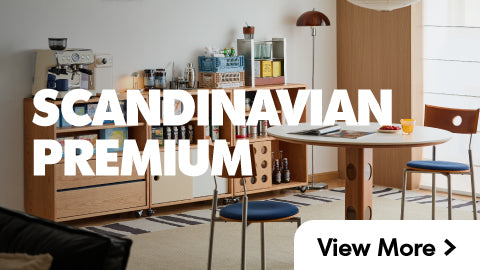






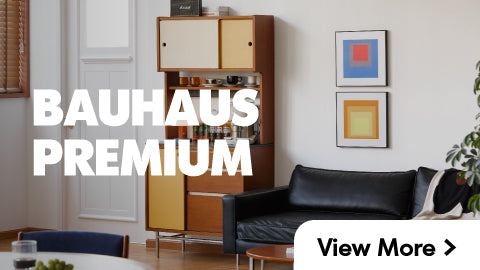














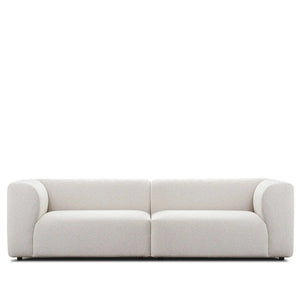




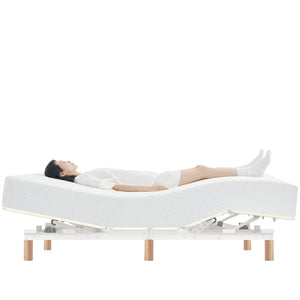
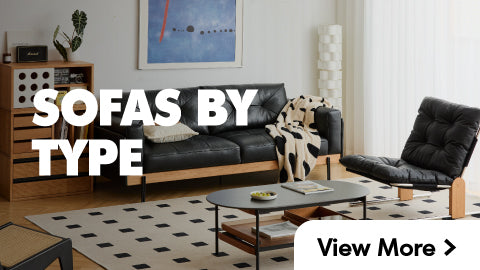
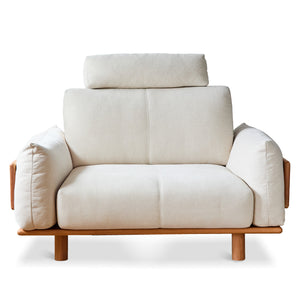

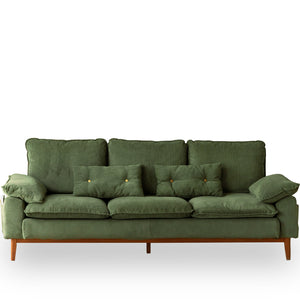
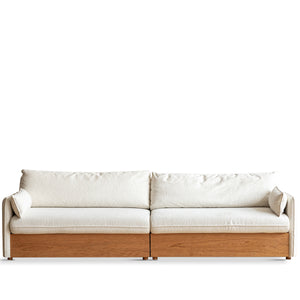
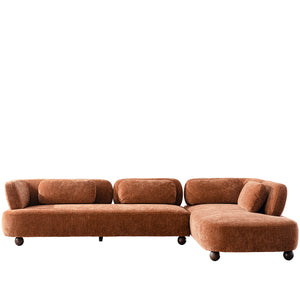
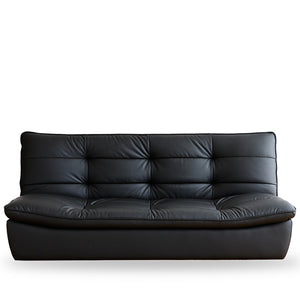
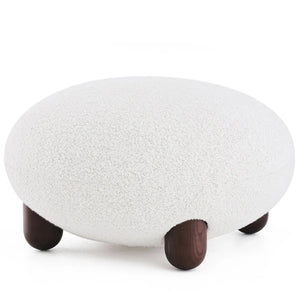
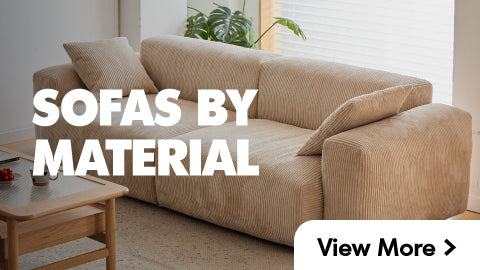
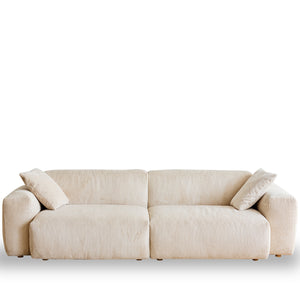
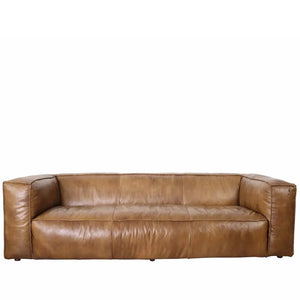
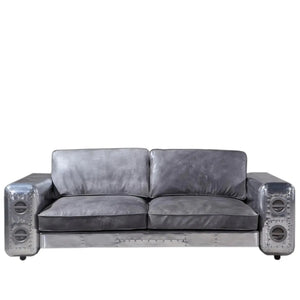
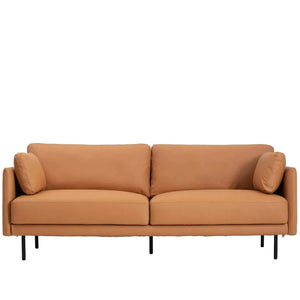
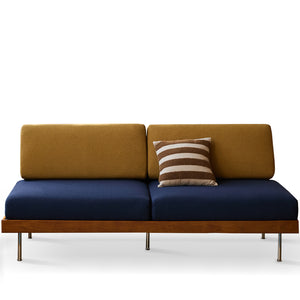
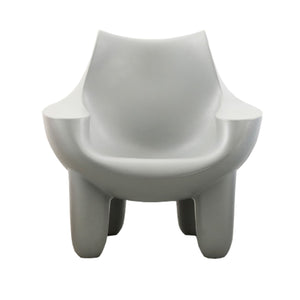


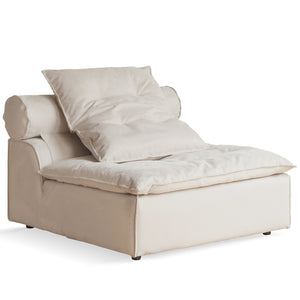

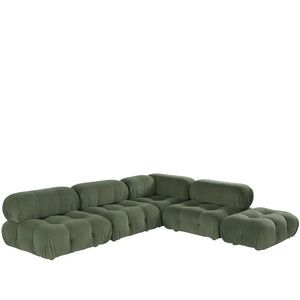
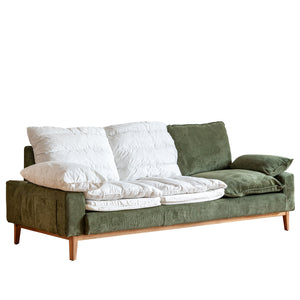
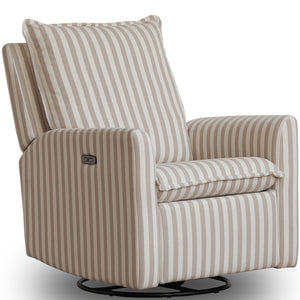
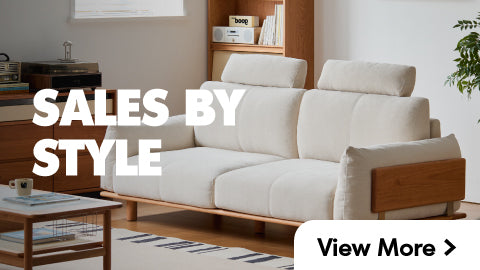
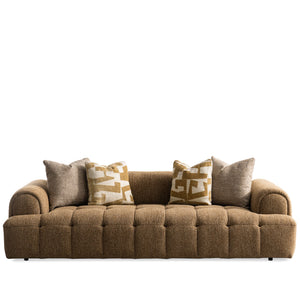

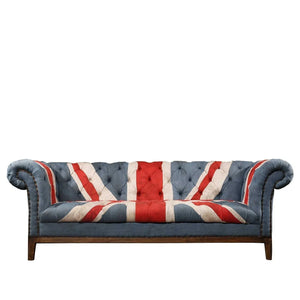
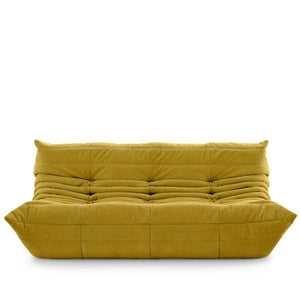
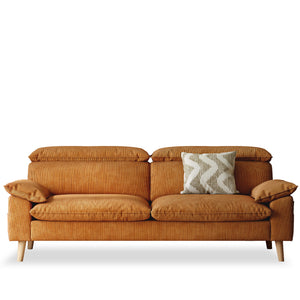
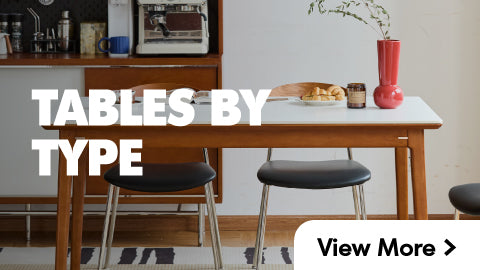
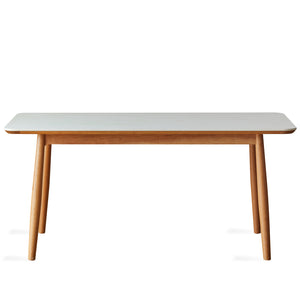
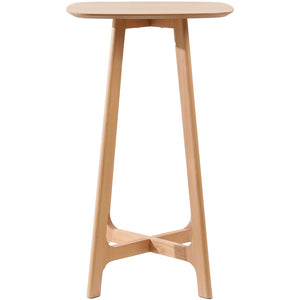
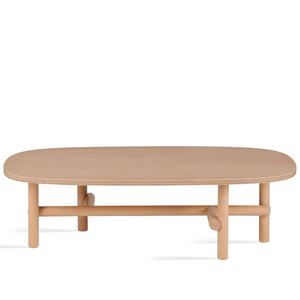
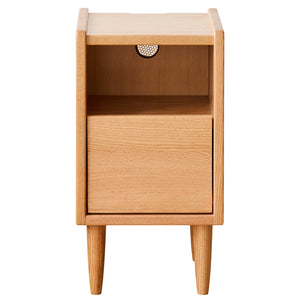
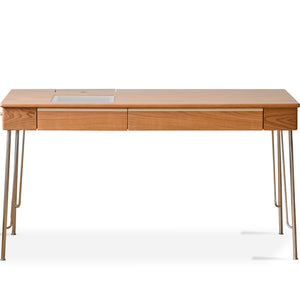
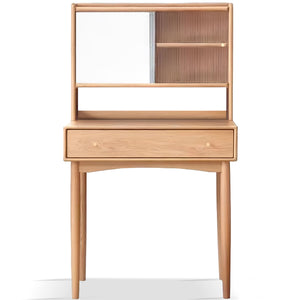
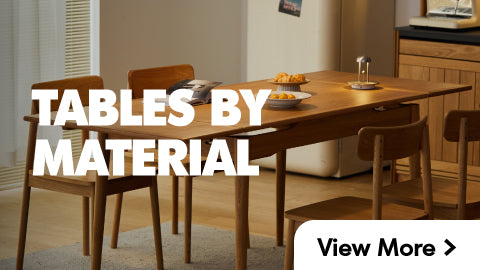
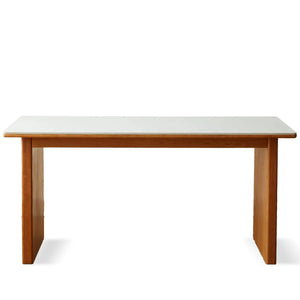
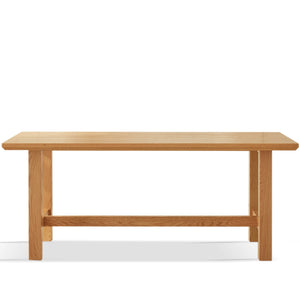
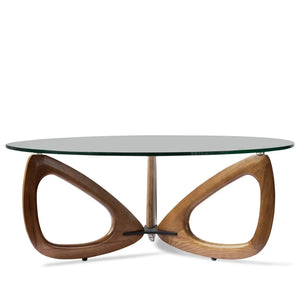
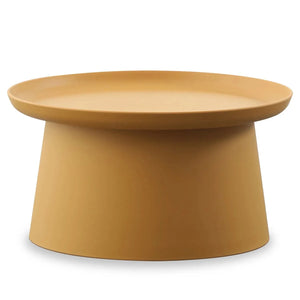

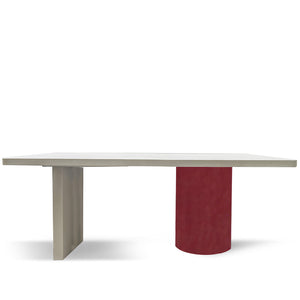
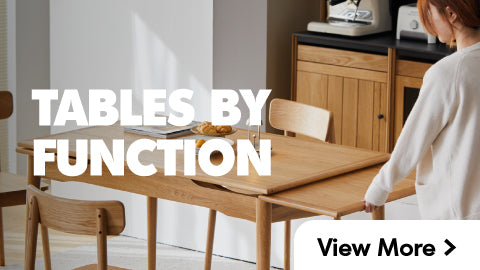
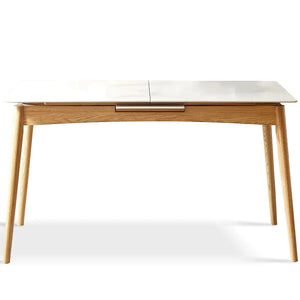
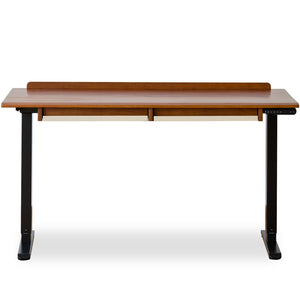
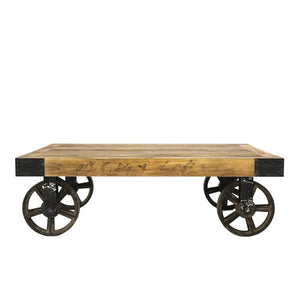

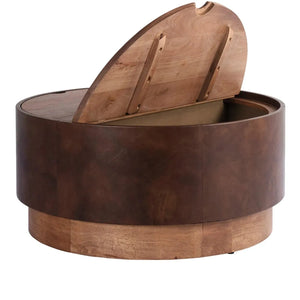
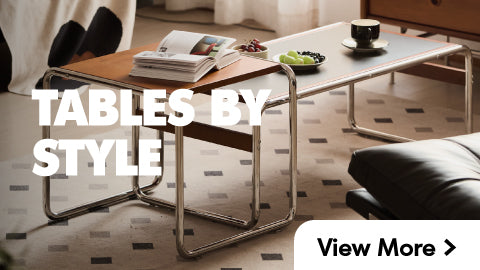
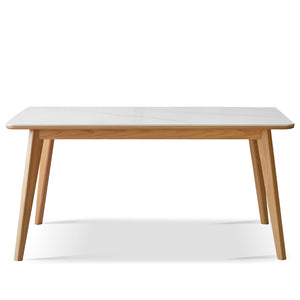

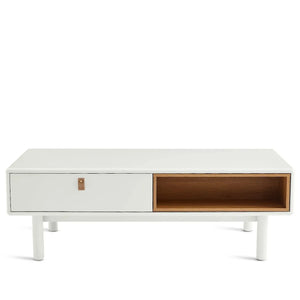
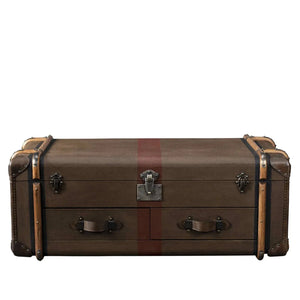
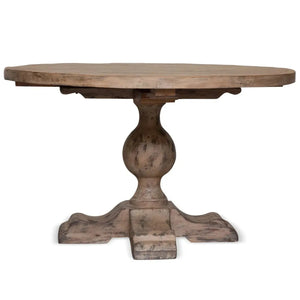
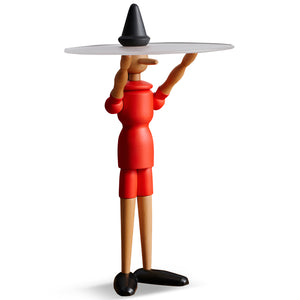
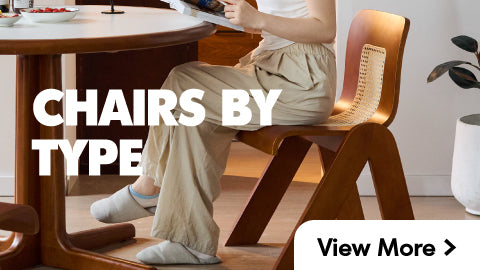
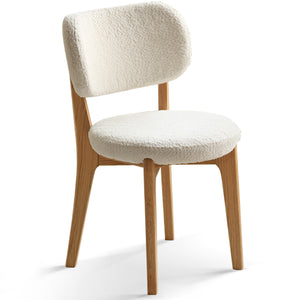
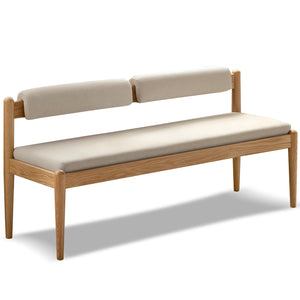
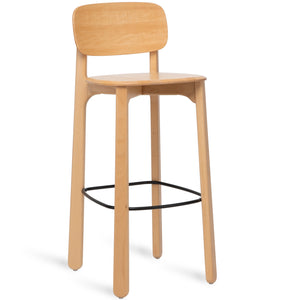
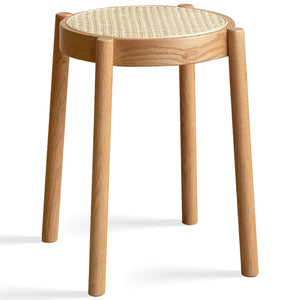
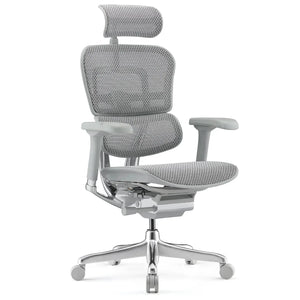
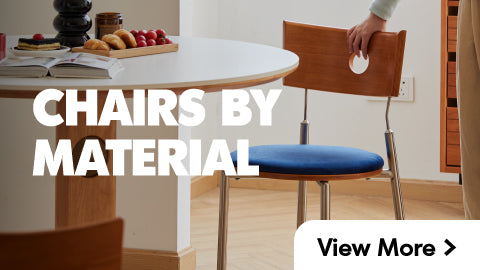
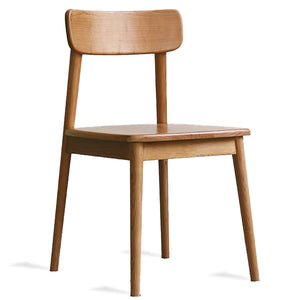
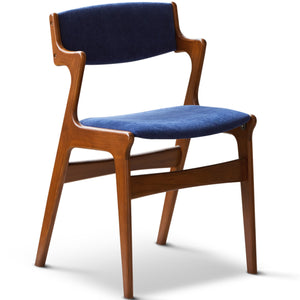
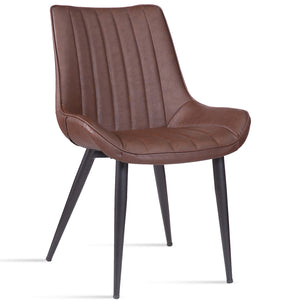
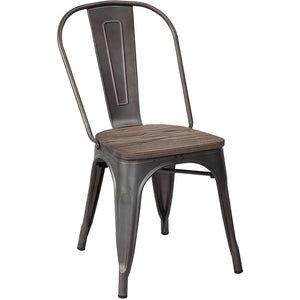
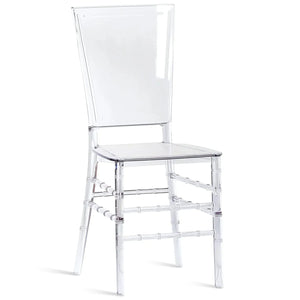
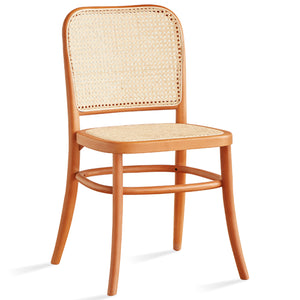
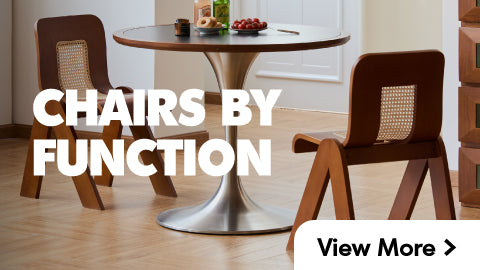
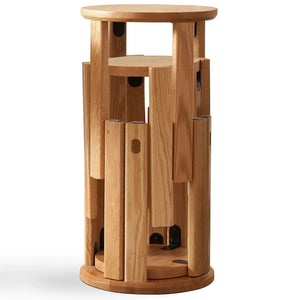

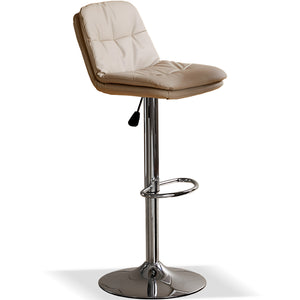
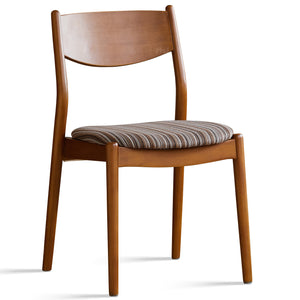
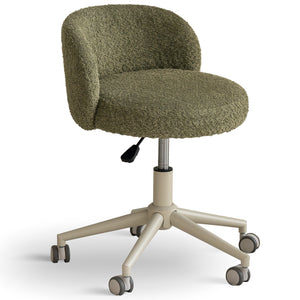
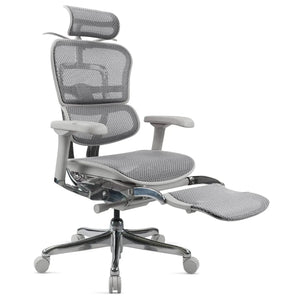
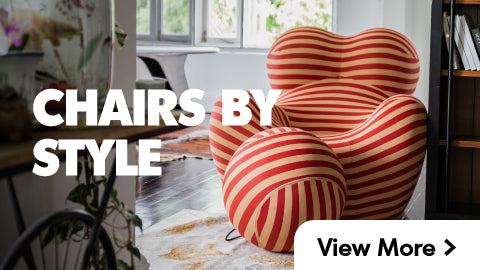
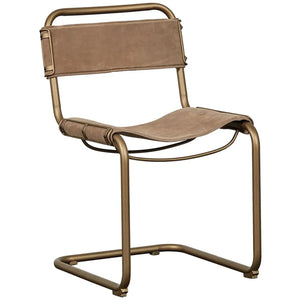
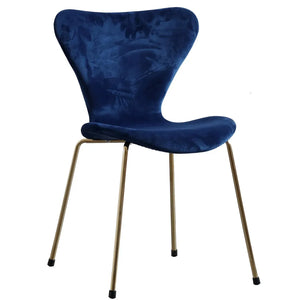
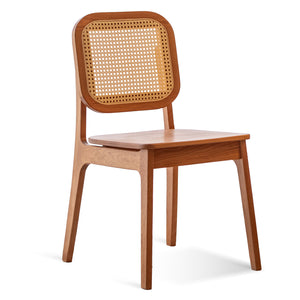
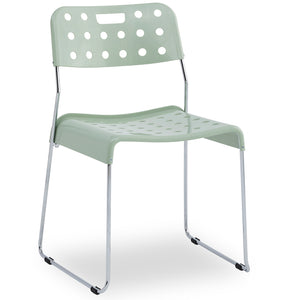
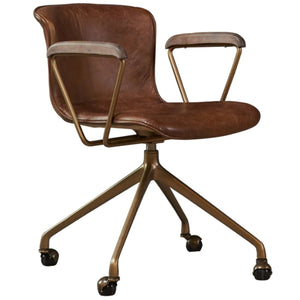

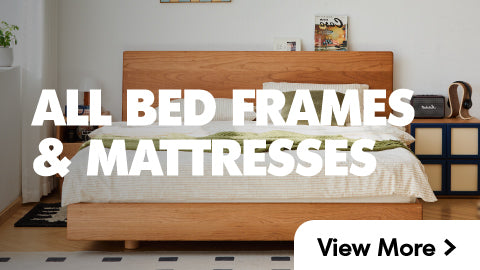
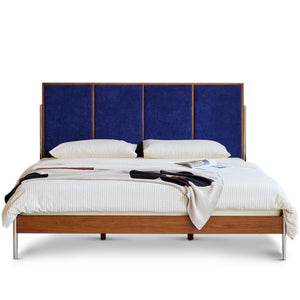
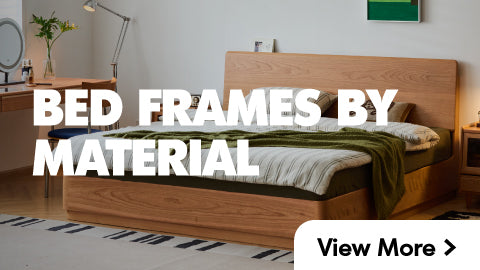
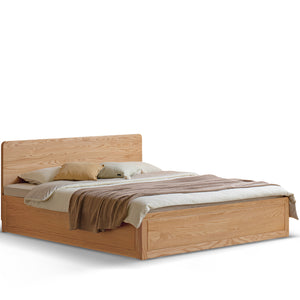
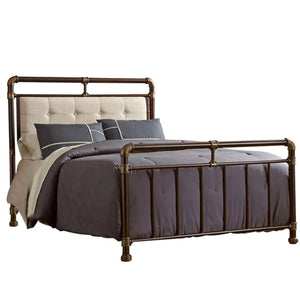
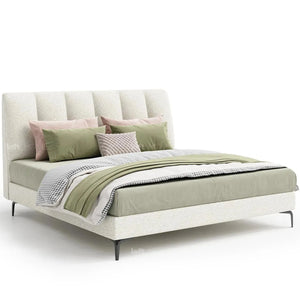
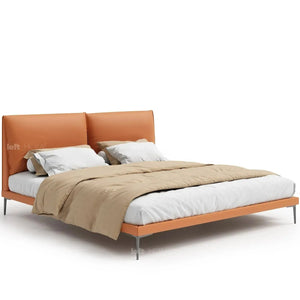
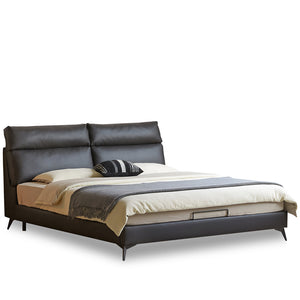
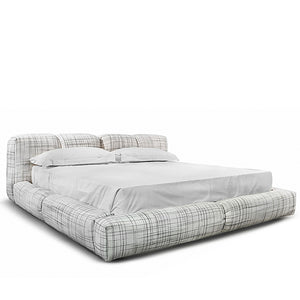
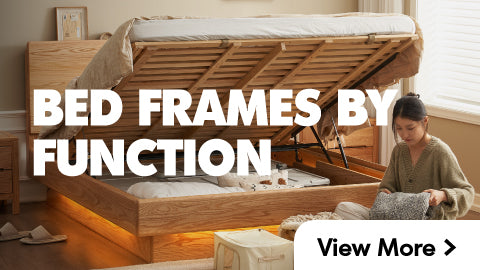
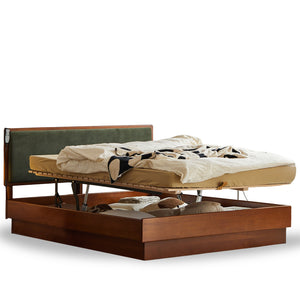


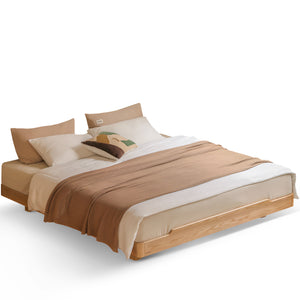
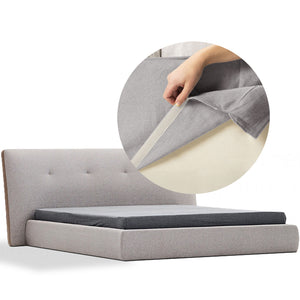
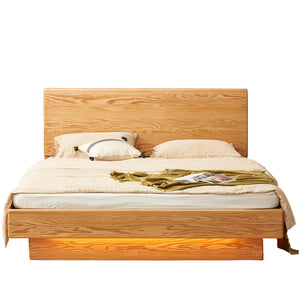
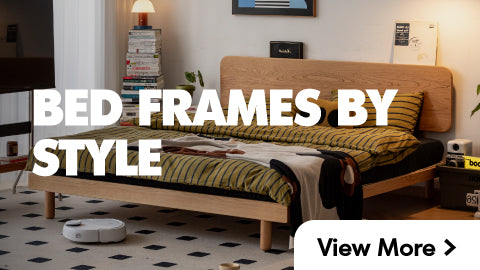
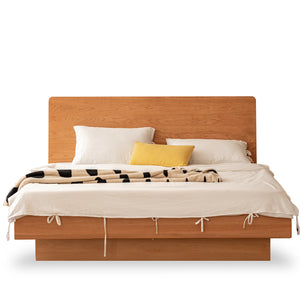
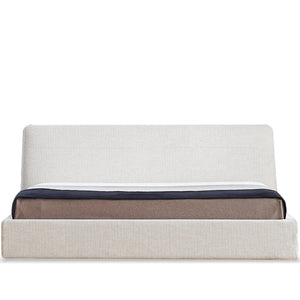
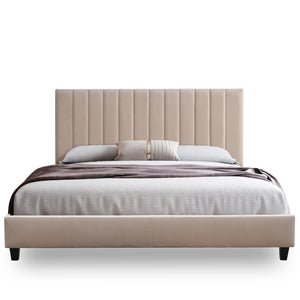
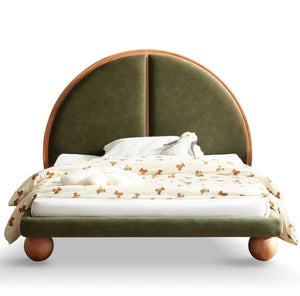
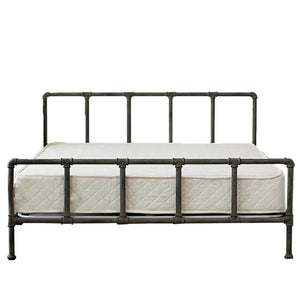
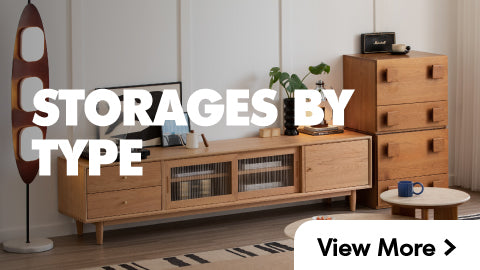
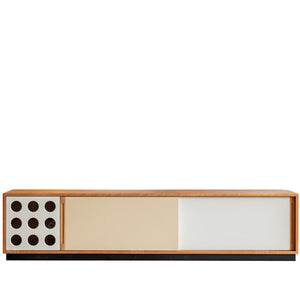

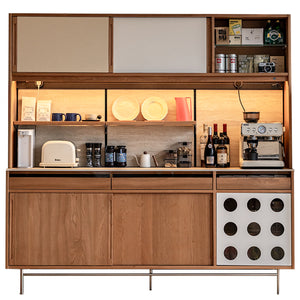
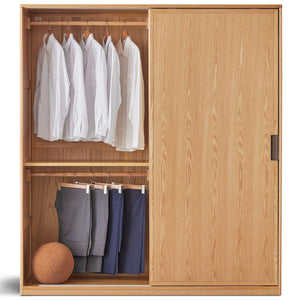
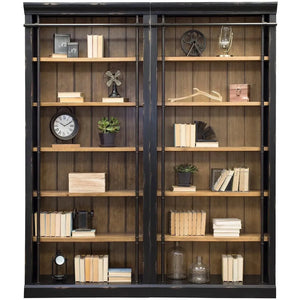
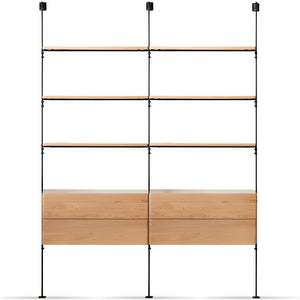
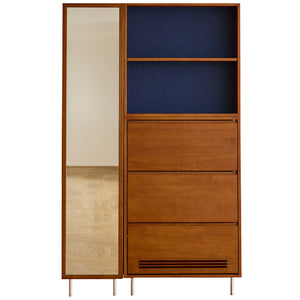
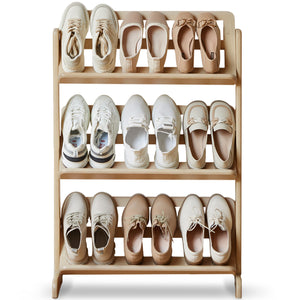
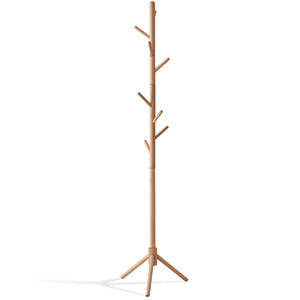
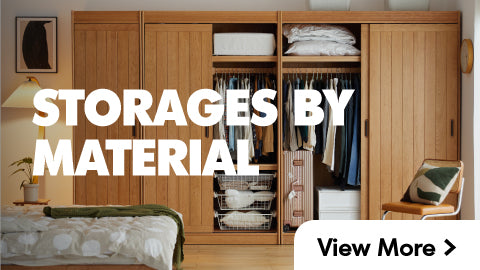
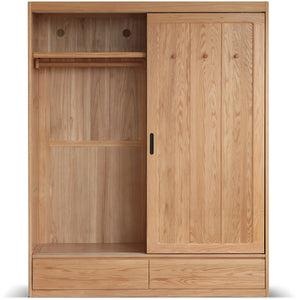
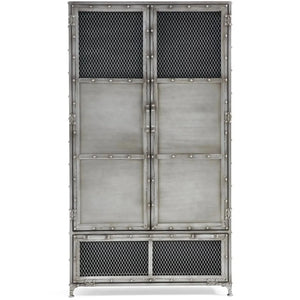
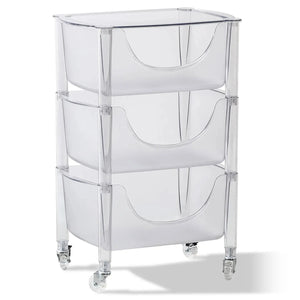
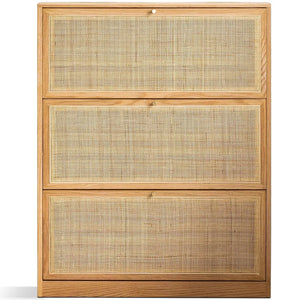
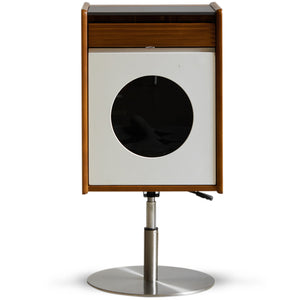
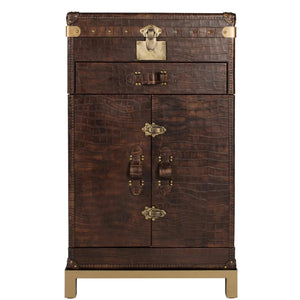

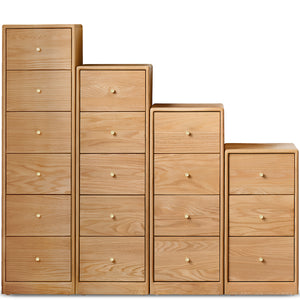
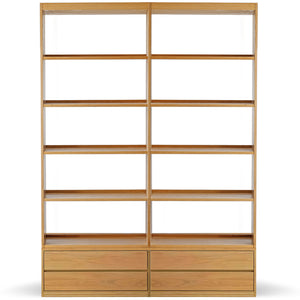
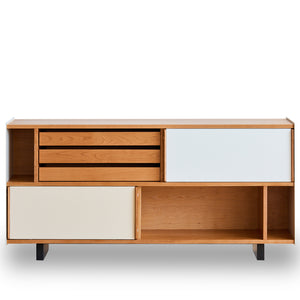
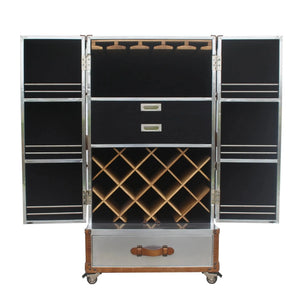
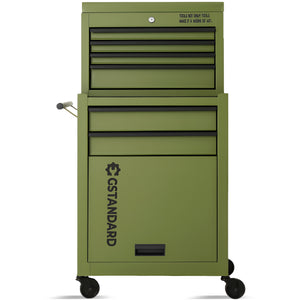

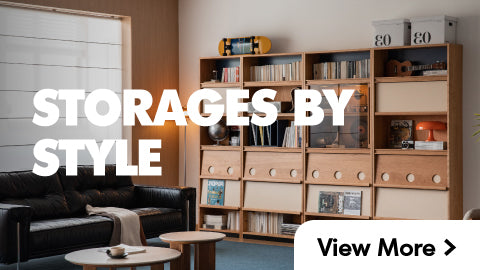
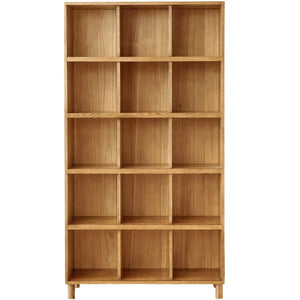

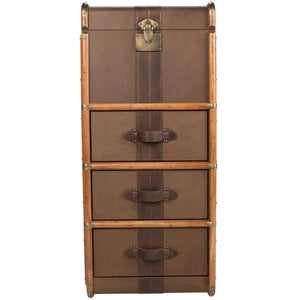
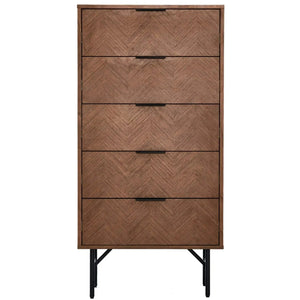
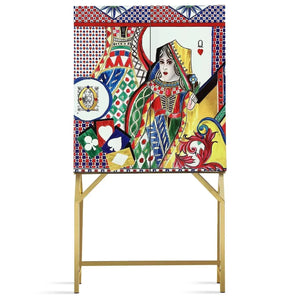
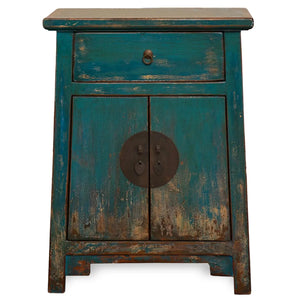


























































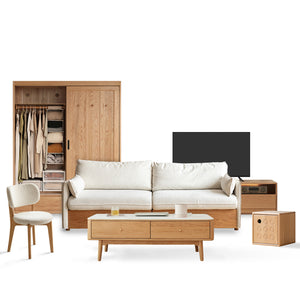
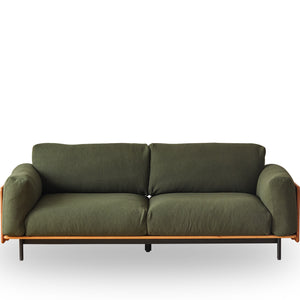
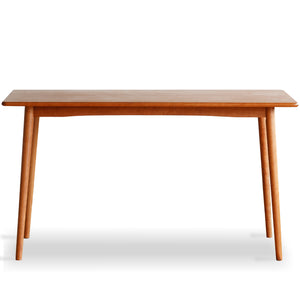
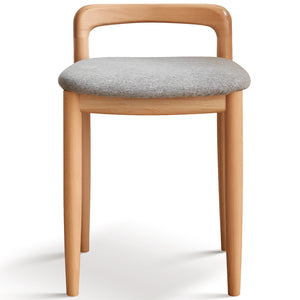
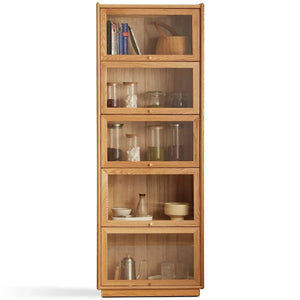
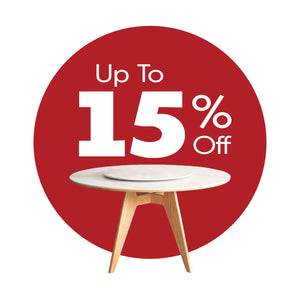
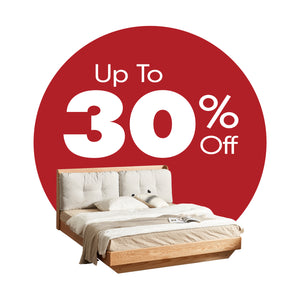

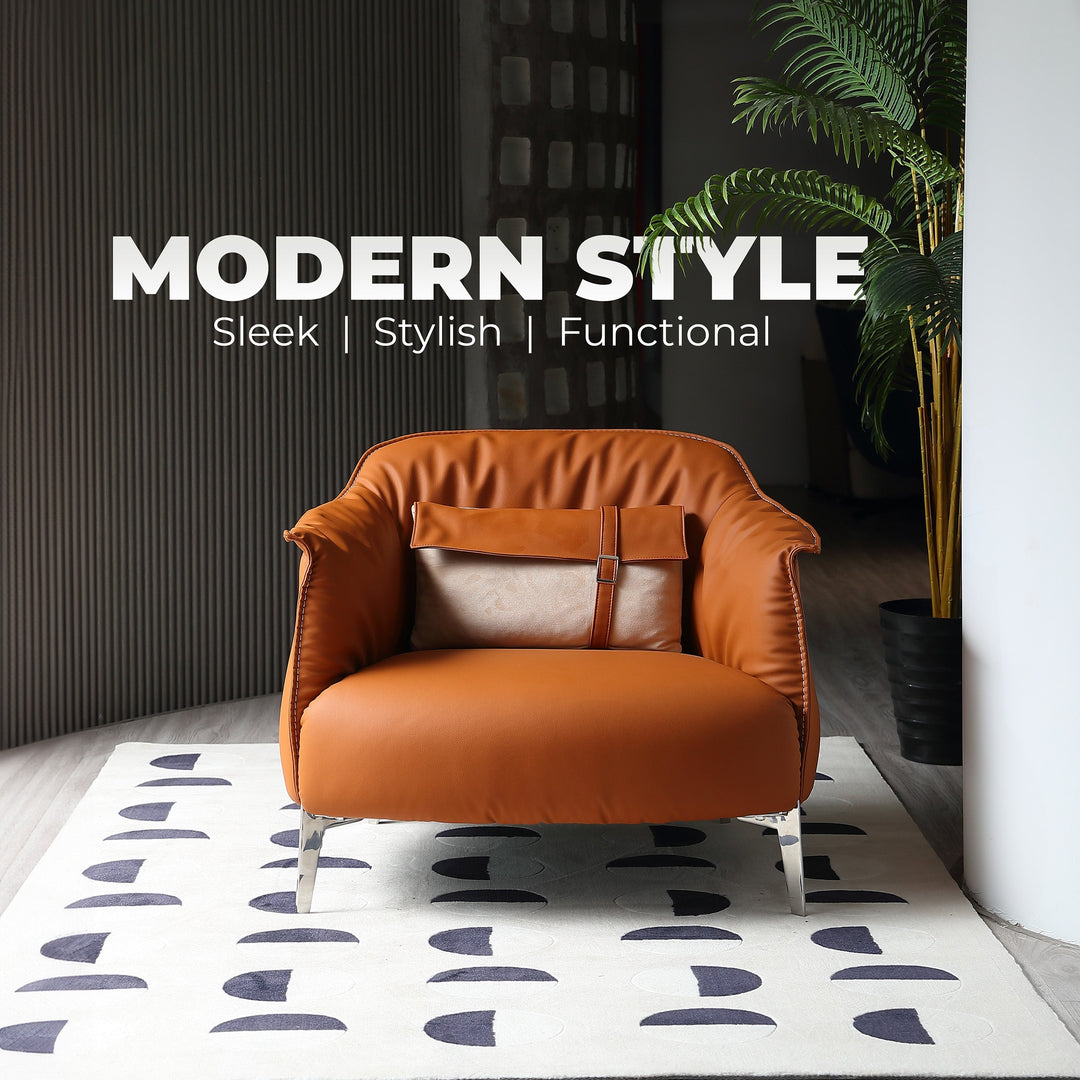
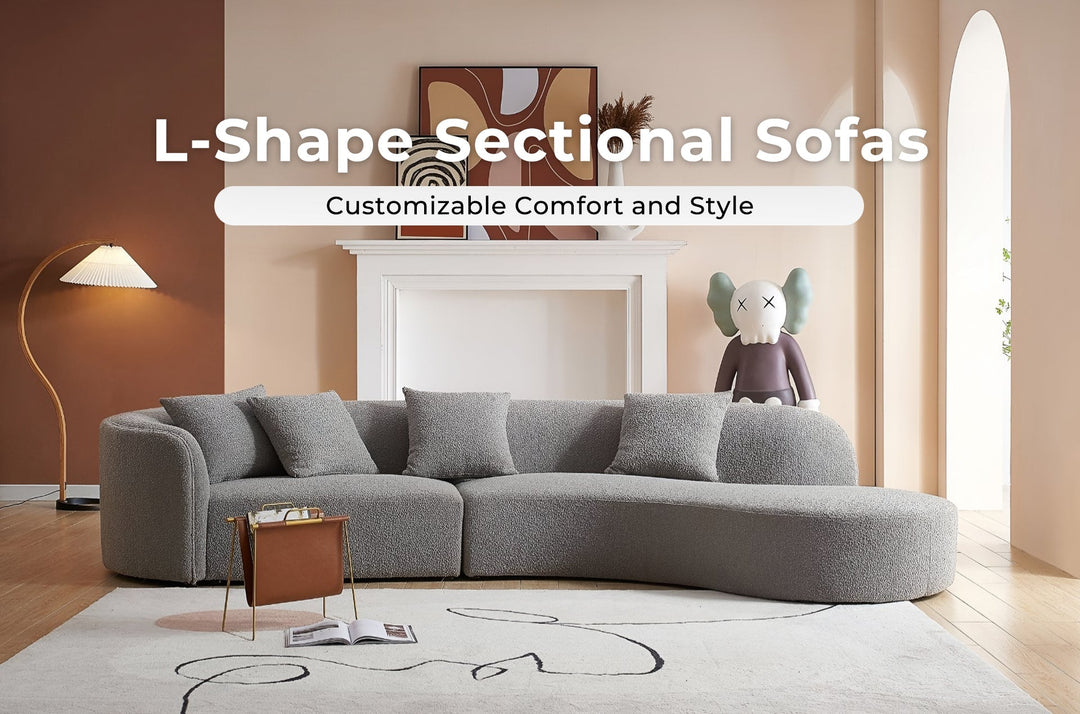
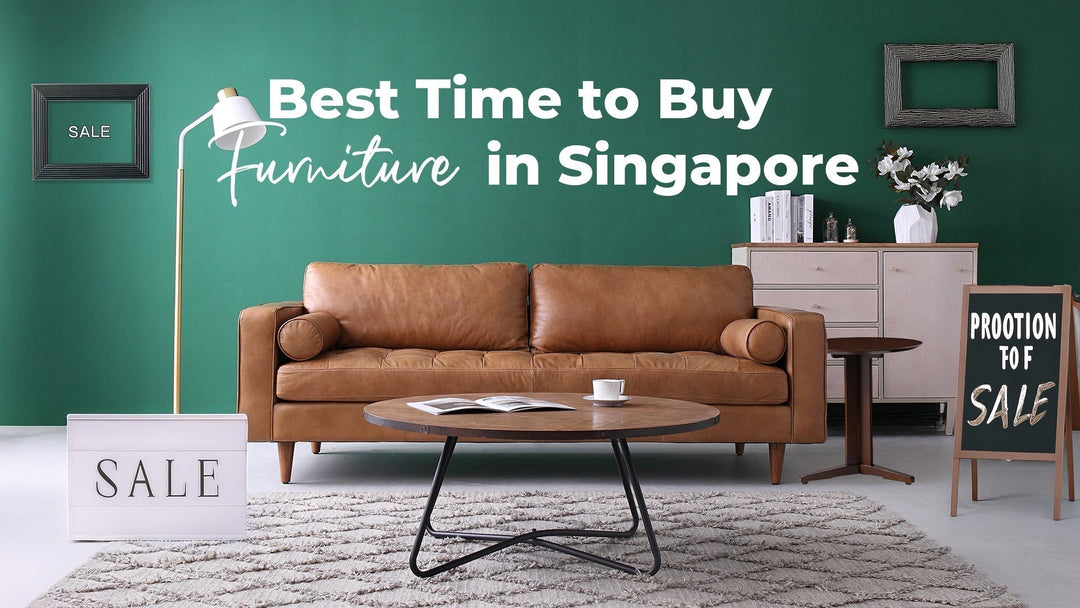
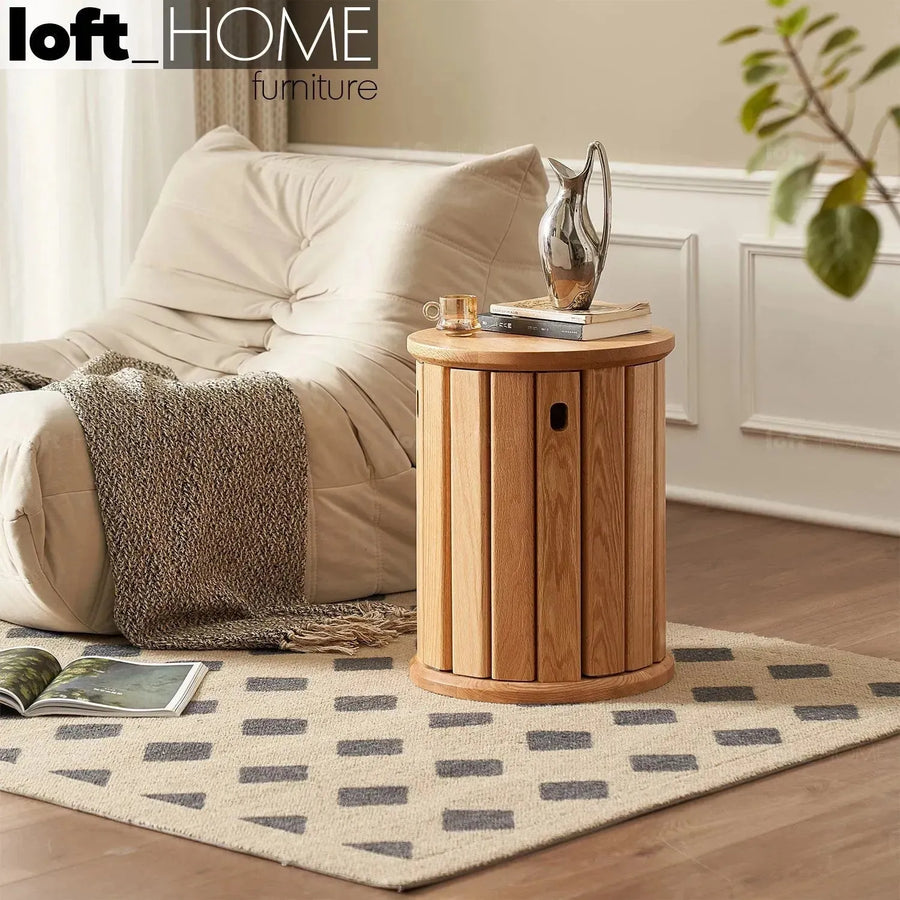
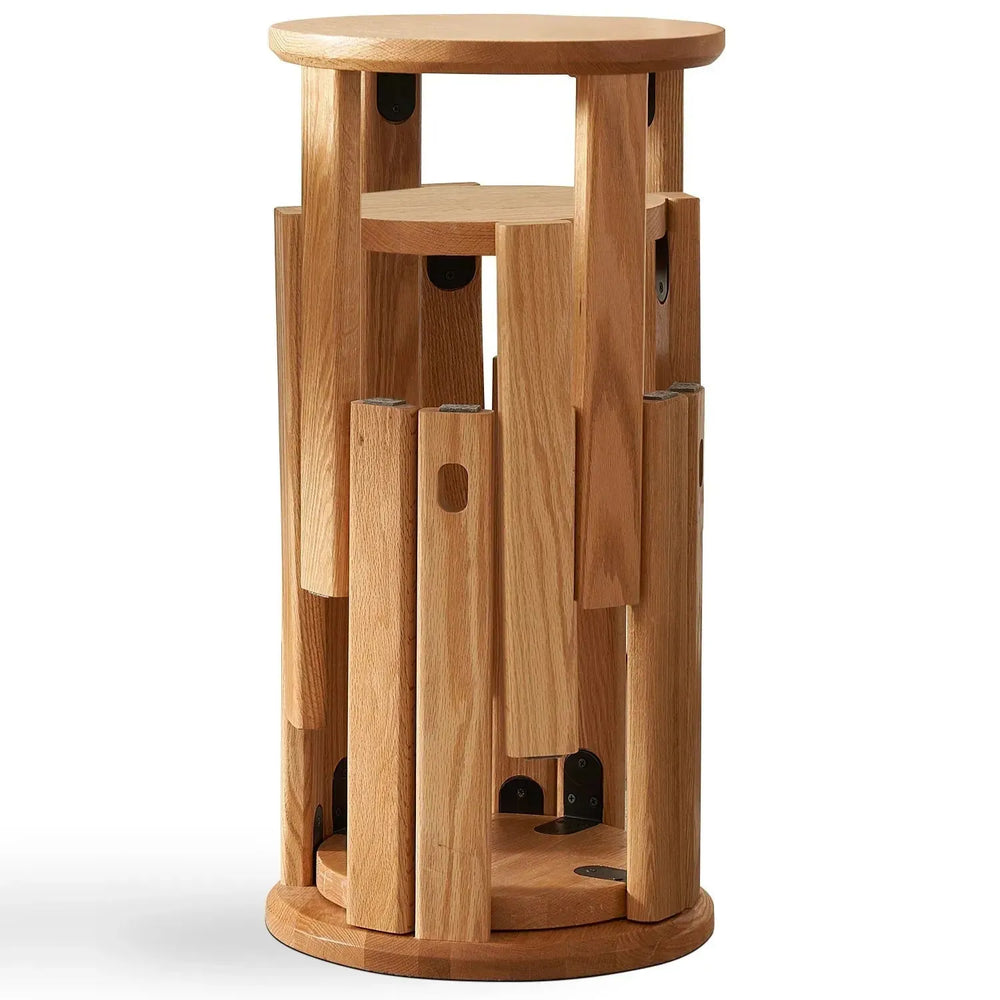



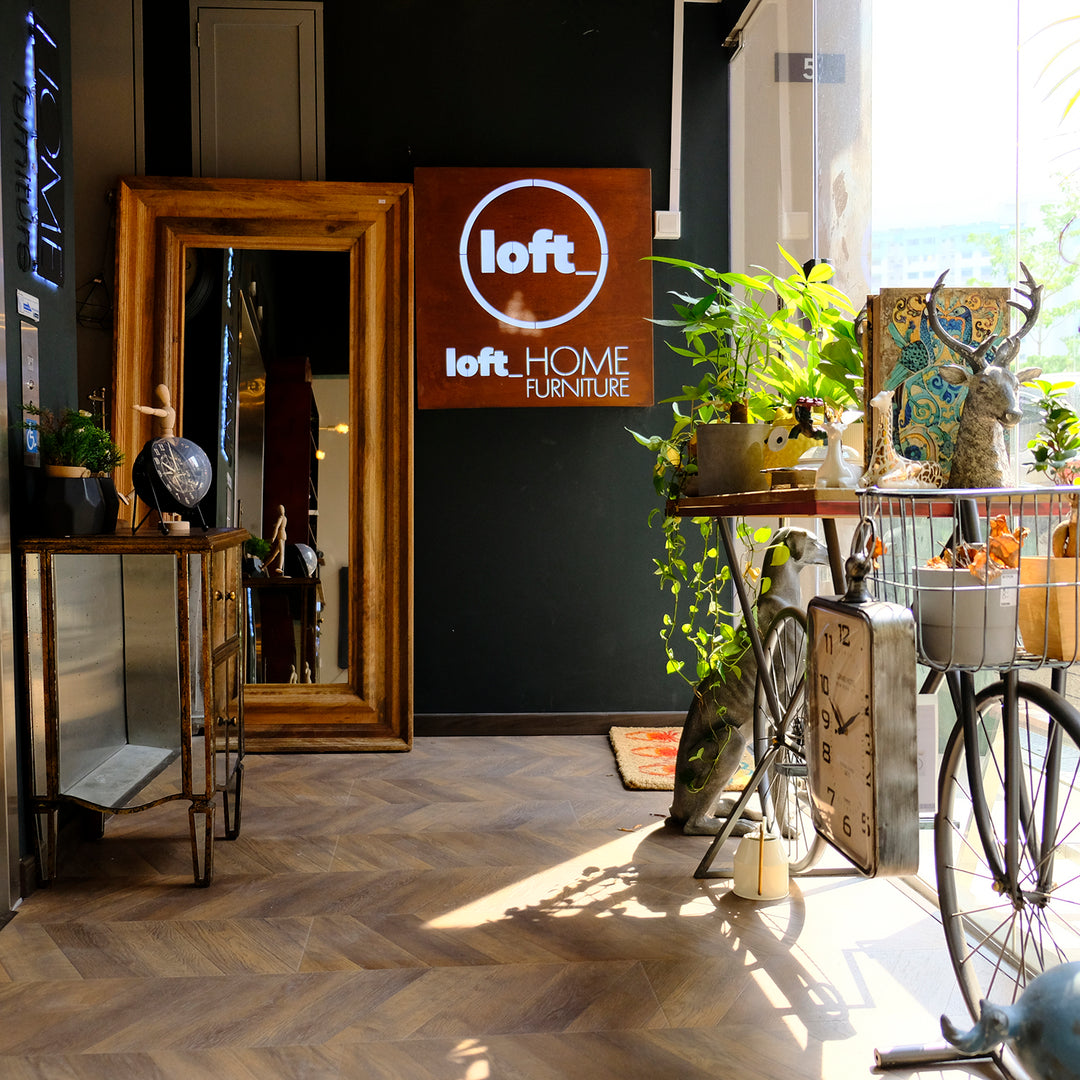
Leave a comment